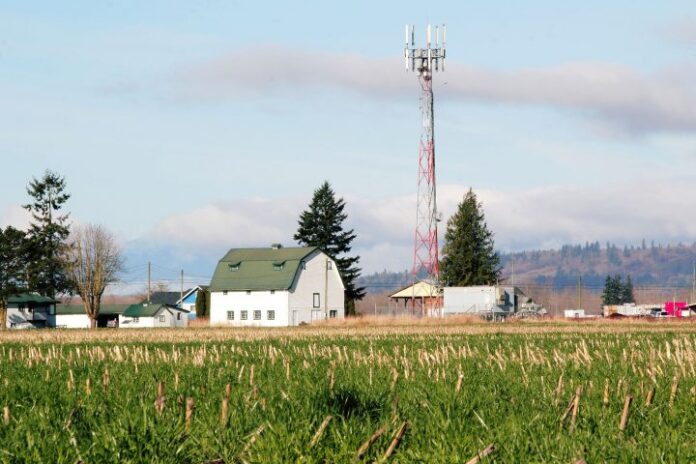Industry experts talk fixed wireless opportunity
While the big four U.S. carriers are locked in a 5G arms race that comes with a good deal of marketing hype, there are lots of small, rural carriers working to extend reliable broadband access in often challenging economic and geographical settings. Fixed wireless access is currently a trending topic given its role in delivering 5G services over millimeter wave spectrum, but it’s also one of the tools rural carriers use.
Ryan Johnson, chief operating officer of Chariton Valley, a service provider based in Macon, Missouri, said the company’s fixed wireless service uses 700 MHz spectrum to deliver broadband to around 2,500 customers. Johnson is currently overseeing construction of a fiber-to-the-home network, but said it’s not feasible to think all customers can be served by fiber.
“We’re not going to go everywhere” with fiber, he said. “There are going to be customers that have to use our fixed wireless. It’s just unreasonable to think we can go into communities and build fiber.” Fixed wireless customers see downlink speeds in the 8 Mbps to 10 Mbps range based on the level of network utilization, Johnson said.
Patrick Kaiser, director of wireless product management for Huawei Technologies USA, agreed with Johnson’s assessment of the role of fixed wireless. He said fiber and DSL is built out in concentrated areas and, the further you go from areas with high user density, “it becomes extremely expensive to deploy broadband. It has always had a tight margin associated with it. It has been challenging to deploy to date. Mobility is fairly mature at this point and carriers are going to be looking for new opportunities.”
Kaiser and Scot Harris of Ericsson both predicted that mid-band spectrum will become increasingly important in fixed wireless. Harris called out the 3.5 GHz and 2.5 GHz bands, and said fixed millimeter wave doesn’t present much of an opportunity for rural carriers given the wave propagation characteristics. “We’re not really pushing that as an option. We really see the mid-bands as being much better and more reasonable for them to pursue from a fixed wireless standpoint.”
“There’s a lot of challenges in the near term,” Kaiser said, “that would lead these operators toward the mid-band.”

